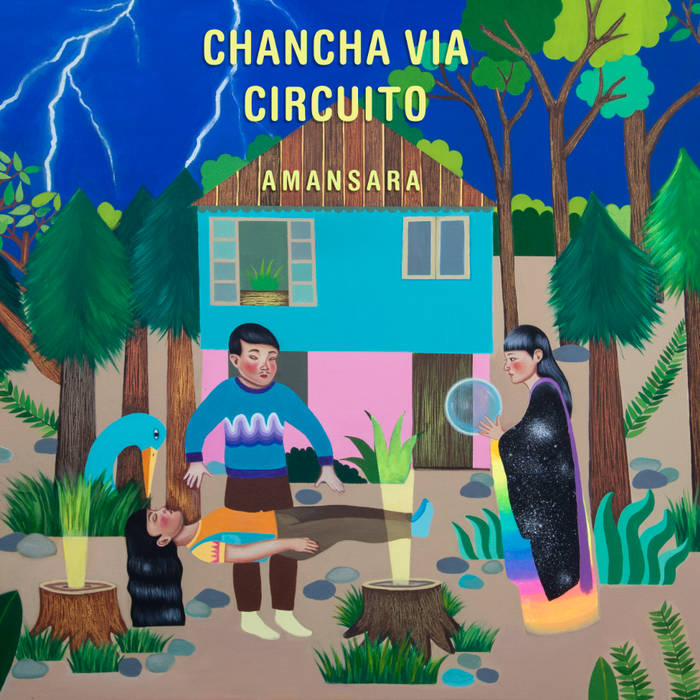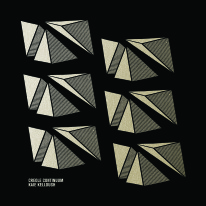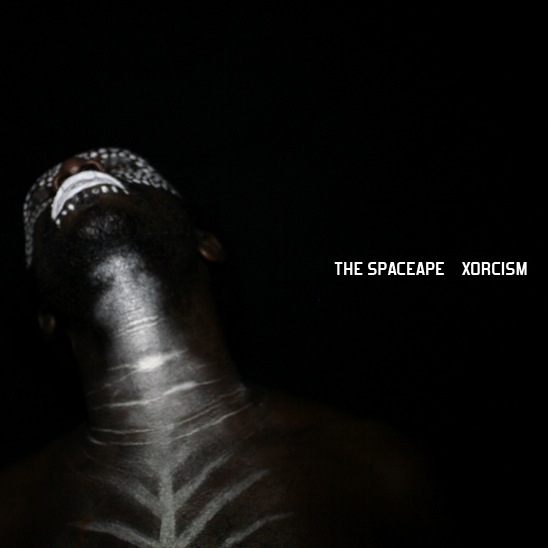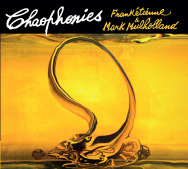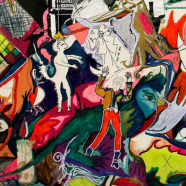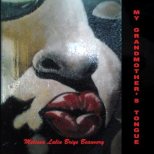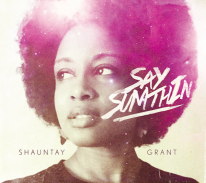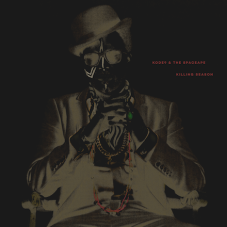La Danza Poetica #25 La Danza Diabólica
The power of the drum, the storytelling of music. Honouring The Spaceape (RIP), oscillating with the dark and the light in between the drum beats and breaths. Honouring those with the courage to face the devil in the pauses. Exploring Creole, the language of rhythm and time. Featuring new tracks and albums from Kode9 & Spaceape (UK), Kaie Kellough, Shauntay Grant (CANADA), Chancha via Circuito, Fin de Año (ARGENTINA), + legendary Haitian Creole poet Frankétienne, Haitian/US poet Melissa Beauvery, Mexico's Alfonso Luna, and the imaginary isles of Mop Mop (ITALY/GERMANY) and Clap Clap (ITALY) ... and more ...
Tracklist
Hola - Chancha Via Circuito
d-o-y-o-u-r-e-a-d-m-e - Kaie Kellough
On the Run - The Spaceape
Sa Ki Lan Kè Mwen - Frankétienne & Mark Mulholland
Conqueror Consequences Memories - Clap Clap
Let I Go Feat. Anthony Joseph (Mr Raoul K's Version) - Mop Mop
YavauU - Alfonso Luna
Ngkeka, Liza Casullo (Remix Fin de año) - Fin de año
The Rainstick Fable - Clap Clap
Is this Revolution? feat. The Spaceape - Dub Gabriel
dedication to a tan nation - Kaie Kellough
Coplita ft. Mariam Garcia - Chancha Via Circuito
international monetary funk - Kaie Kellough
Sopla - Fin de año
Fanm Kanson - Melissa Beauvery
Grandmother - Shauntay Grant
T(her)e - Shauntay Grant
Tinnitus - Kaie Kellough
Devil Is a Liar - Kode9 & the Spaceape
De Tu Mano - Chancha Via Circuito
The Sound - The Spaceape
Loco - Frankétienne & Mark Mulholland
Ohoman - Alfonso Luna
Notes on the show
La Danza Diabólica starts and ends with the inspiration of Stephen Samuel Gordon, AKA The Spaceape. First, and last, two tracks from his 2012 solo spoken word album Xorcism, influenced by the spirit of Haitian music and drum and the voodoo trance. In the middle, questioning the revolution with Dub Gabriel from last year's Ragabass Resistance release. And The Devil is a Liar from his Killing Season EP with Kode9, released just this month.
The vocalist and poet’s collaborations with electronic, dub and out of genre music producers told us stories from inside a struggle with illness, from deep within the anger and the questioning that brings, exploding with the bright shining sparks of human life. Authentically dangerous as a voice, dark and commanding, this young man left a legacy, and left us too soon, before we even had a proper handle on the power of where he was coming from. In my brief interaction with him he made a big impact on me, through the depth and quality of his seeking and the conviction in his artistic journey. The raw truth of his work - especially on the Xorcismrelease (featured in LDP #13) - has a visceral effect, both frightening and inspiring. Part of that impact was a struggle to reach, and to understand, what I probably couldn't. Part of it was pure admiration for the courage of this poet to go into the places that most avoid. So this month I wanted to get further into that space in between the dark and the light; in between the drum beats, where the devil might live if you let him; in the space between the inhale and exhale.
There are two new spoken albums to talk about this month - both of which I owe to the beautiful mind of Tanya Evanson who told me 'this one will blow your head off' ... and who was, of course, right...
Kaie Kellough, Canadian poet (featured in LDP #6 Canada edition) released an extraordinary album in early September via Howl arts collective. Drawn from linguistics studies of the 1960s, the title creole continuum refers to the degrees of language shift between speakers from the dominant language to Creole. Kaie explores from this point, the social and racial distinctions brought about through colonialism of person and language. Reaching far back to his African origins, he draws out the drums of voice. The concept behind this album is deeply thought, from both a conceptual and a musical approach. Musically Kaie treats language in the same way a jazz musician treats musical notes. Breaking down the words into sounds, the sounds into notes, and restructuring into music. An attempt, he says, to "break that sound into its smallest units, the phonemes, and to experiment with the cadences and patterns about which they can infinitely form and re-form.." To me it's taking sound poetry a big step beyond where it's been, and it might be the jazz approach that can achieve sweetness and the melody, but it's also the influence of the Creole itself - a musical language and re-functioned language in itself. (More about this album here..) Tracks are scattered throughout La Danza Diabólica ... the voodoo of creole continuum enhances the trance.
Also from Canada. Shauntay Grant is a writer and storyteller from Halifax, Nova Scotia. A descendant of Black Loyalists, Jamaican Maroons, and Black Refugees who came to Canada during the 18th and 19th centuries, Shauntay's love of language stretches back to her storytelling roots in Nova Scotia's historic Black communities . Her album Say Sumthin - released June this year - is a beautiful mix of spoken word deeply rooted in soul. Production by Yogi (Johann Deterville) is smooth as silk. Shauntay also has a great soul voice, as demonstrated on T(her)e. (More about this album here..) Shauntay's lineage is of oral storytelling culture, in particular the African Nova Scotian folk tradition, the experience of storytelling.
In this, she shares a bond with another poet featured in the show, from south in Brooklyn, USA. Melissa Beauvery is a New Yorker of Haitian descent. Her CD from 2012 My Grandmother’s Tongue is a poetic tribute to the oral storytelling culture, the creole language, and the women of Haiti. I've featured Melissa before - in this dance, the haunting poem Fanm Kanson (women with pants) celebrating the powerful women of her culture - and as in Shauntay's poem Grandmother, connecting a celebration of women elders with a longing for home ... "Li gen plis grenn ke berejjènn / She has more seeds than an eggplant."
Exploring Haitian Creole song and poetry - from one of the foremost poets of the Caribbean, Frankétienne, in collaboration with Glaswegian Mark Mulholland, a whole new album of poetics and music. Chaophonies is the fruit of a series of live collaborations between the Haitian poet, painter, novelist, playwright and actor Frankétienne and the Scottish musician combining spoken word and music. Released in March this year, it features various theatrical readings by Frankétienne of extracts from his book of poetry Rapjazz, Journal d'un Paria. Since discovering the work of Franketienne I came across Charles Najman's film Une étrange Cathédrale dans la graisse des ténèbres, Shot in the rubble of the ruined Cathedral of Port-au-Prince, following the catastrophic earthquake of 12 January 2010, the film features Frankétienne, his body, spirit and voice inhabiting and embodying the ruins and the sorrow. It is a beautiful requiem and also a tribute to the life force of the Haitian people and the importance of culture, and voodoo spirit, in rebuilding their world.
